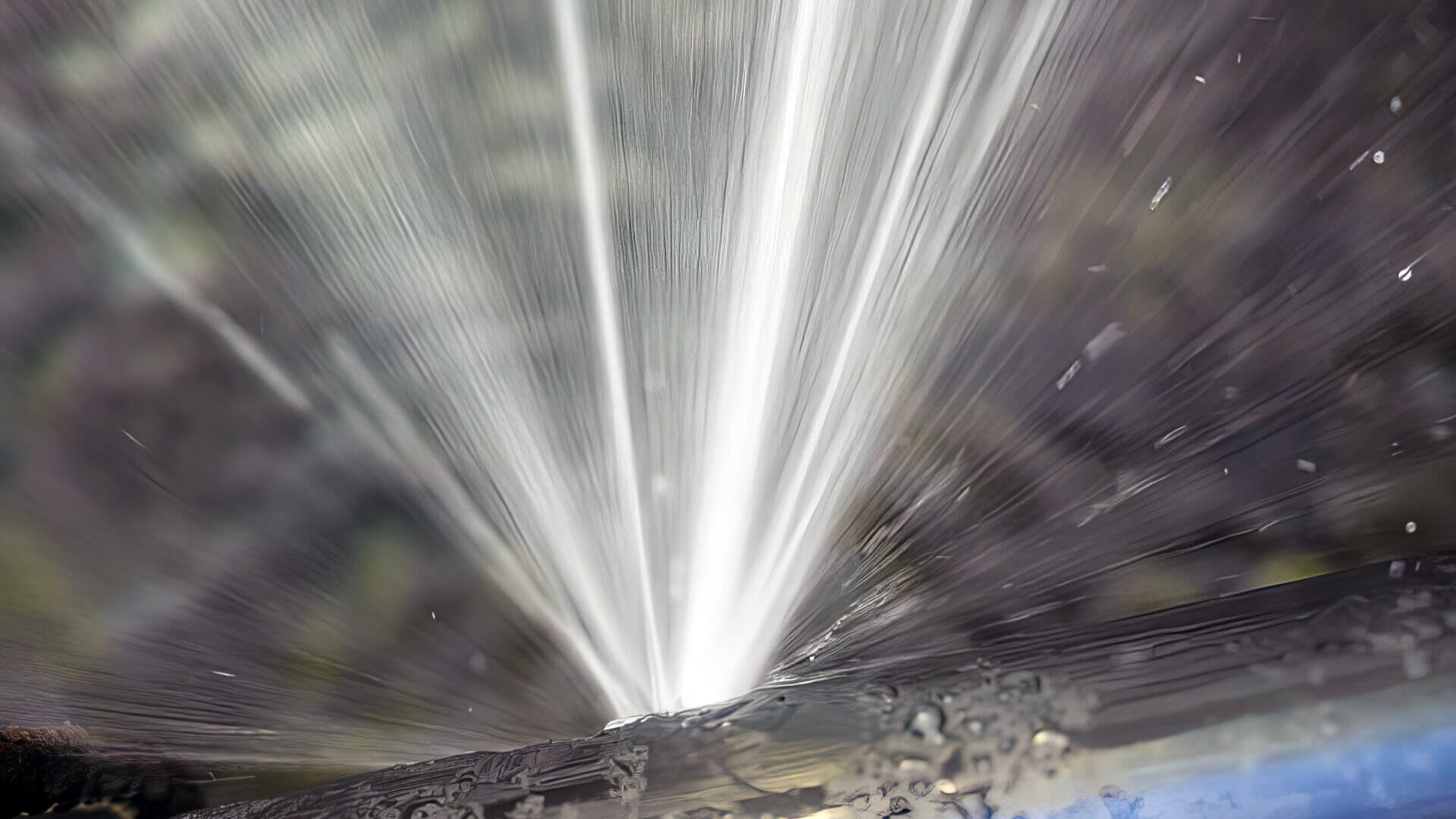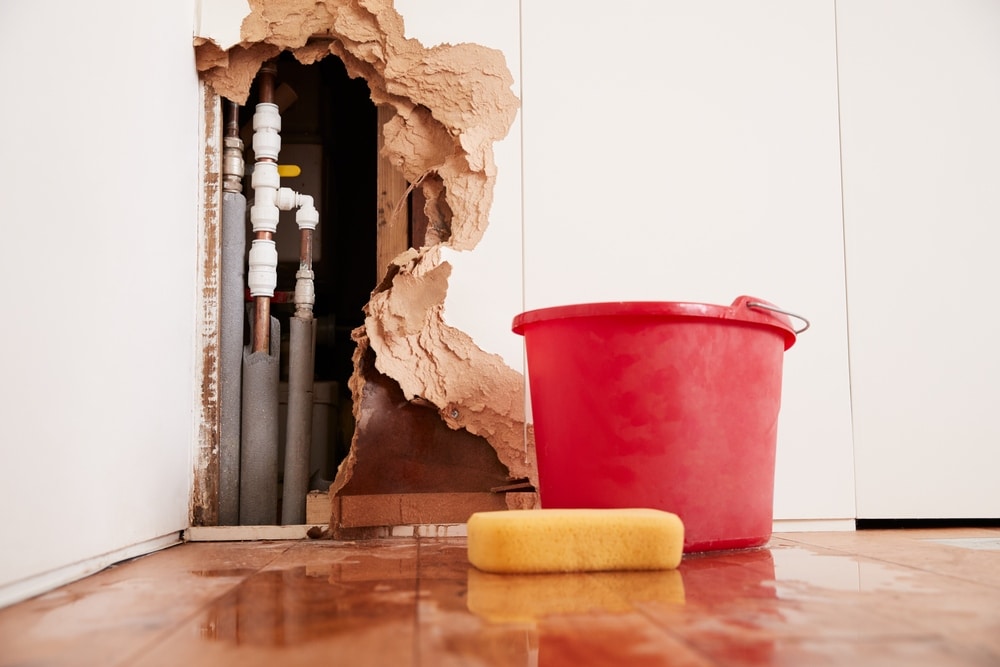Avoiding Ruptured Piping: Important Tips to Secure Your Pipes
Preventing burst pipes is a critical issue for property owners, specifically during colder months when the risk of freezing is increased. Applying tactical actions such as proper insulation, routine examinations, and preserving regular indoor temperatures can substantially minimize the probability of pipeline failing.
Understand Pipeline Vulnerabilities
Recognizing pipe vulnerabilities is important for efficient pipes maintenance and avoiding expensive damage. Numerous factors contribute to the susceptibility of pipelines to ruptureds, including material make-up, age, and environmental problems. Older pipes, particularly those made from galvanized steel or polybutylene, typically break down in time, resulting in enhanced threat of tears and leaks.
Temperature level changes can also considerably impact pipeline honesty. In chillier climates, water caught in pipes can freeze, expanding and applying stress on the pipeline walls, which may inevitably result in a burst. Additionally, high water stress can strain pipes, particularly at joints and bends, increasing the chance of failing.

Insulate Piping Properly
Proper insulation of pipes is critical for protecting against cold and subsequent ruptureds throughout winter (burst pipe). Protecting your pipes system efficiently safeguards versus temperature level goes down that can lead to costly damage. Begin by determining susceptible locations where pipes are exposed to exterior temperatures, such as cellars, attics, and exterior wall surfaces
Use foam pipe insulation sleeves or cover insulation tape around these areas to give a safety obstacle. Ensure that all areas of the pipelines, especially those with restricted warm exposure, get sufficient insulation. Pay special focus to joints and fittings, as these are a lot more susceptible to cold.
When shielding, it's vital to select products that meet local building codes and are suitable for the specific environment. Fiberglass insulation is usually advised for its thermal resistance residential or commercial properties. Additionally, think about utilizing warm cable televisions or tape in severe problems, which can be connected in to provide supplementary warm
Consistently check insulated pipelines for any indicators of wear or damages, as compromised insulation can diminish its effectiveness. By taking these proactive actions, you dramatically minimize the danger of pipeline bursts, making sure a reputable plumbing system throughout the winter season.
Maintain Consistent Temperature Level
A stable interior temperature is important for avoiding burst pipelines during the cold months. When temperature levels drop, water within pipelines can ice up, developing and broadening stress that may ultimately create the pipes to burst.Using a programmable thermostat can aid manage indoor temperatures properly, guaranteeing that areas with plumbing stay cozy even when the house is unoccupied.
This minor flow of water can avoid freezing by minimizing stress within the pipes. By executing these techniques, homeowners can Discover More considerably decrease the danger of pipeline ruptureds and guard their plumbing systems versus the severe winter aspects.
Consistently Evaluate Pipes
Routine examinations of pipes systems are important for protecting against ruptured pipelines and preserving total home stability. During these inspections, it is important to examine noticeable pipes for signs of corrosion, leaks, or use.
Additionally, checking joints and connections is vital, as these factors use this link are commonly prone to leaks. Property owners need to additionally examine water pressure degrees, as too much pressure can strain the pipes system and boost the threat of pipeline ruptureds.
Consider scheduling expert plumbing inspections at the very least when a year, specifically prior to winter, to guarantee your system is prepared for colder temperatures. By being proactive in your method, you can safeguard your home against the expensive and turbulent effects of ruptured pipes.
Know Emergency Situation Treatments
Recognizing emergency treatments is essential for every single homeowner, specifically after conducting regular plumbing evaluations. Being prepared for a plumbing emergency situation can significantly mitigate damage and save expenses. Situate your major water shut-off shutoff; it is commonly discovered near the water meter or where the major line enters your home. Familiarize on your own with its procedure, as turning off the supply of water swiftly can stop comprehensive flooding.
Next, keep vital tools handy. A plumbing emergency kit need to include a wrench, plunger, and towels, in addition to a flashlight and a bucket for tiny leakages. Furthermore, consider having the get in touch with info for a relied on plumbing technician easily offered, must the situation rise beyond your control.
If you spot a leak or burst pipeline, promptly switch off the water supply and inform your plumbing technician. Document the damages with photographs for insurance policy functions. Recognize the indications of prospective pipes issues, such as unusual water stress fluctuations or damp places on walls
Eventually, proactive expertise and quick Recommended Site action are essential in handling pipes emergencies, ensuring your home stays secured and minimizing prospective damages.

Verdict
In final thought, preventing ruptured pipes necessitates a multifaceted method that consists of understanding pipeline susceptabilities, proper insulation, preserving consistent interior temperature levels, regular assessments, and knowledge of emergency situation procedures. By carrying out these vital techniques, the danger of plumbing failures can be significantly reduced, thus guaranteeing the long life and effectiveness of the pipes system. Positive steps not only safeguard against potential damages but likewise add to overall water preservation and the defense of property.
In colder environments, water trapped in pipes can ice up, applying and increasing stress on the pipe wall surfaces, which might eventually lead to a ruptured. When temperature levels drop, water within pipes can ice up, developing and expanding pressure that might ultimately trigger the pipelines to burst. By applying these strategies, house owners can substantially lower the danger of pipe bursts and secure their pipes systems versus the harsh wintertime aspects.
